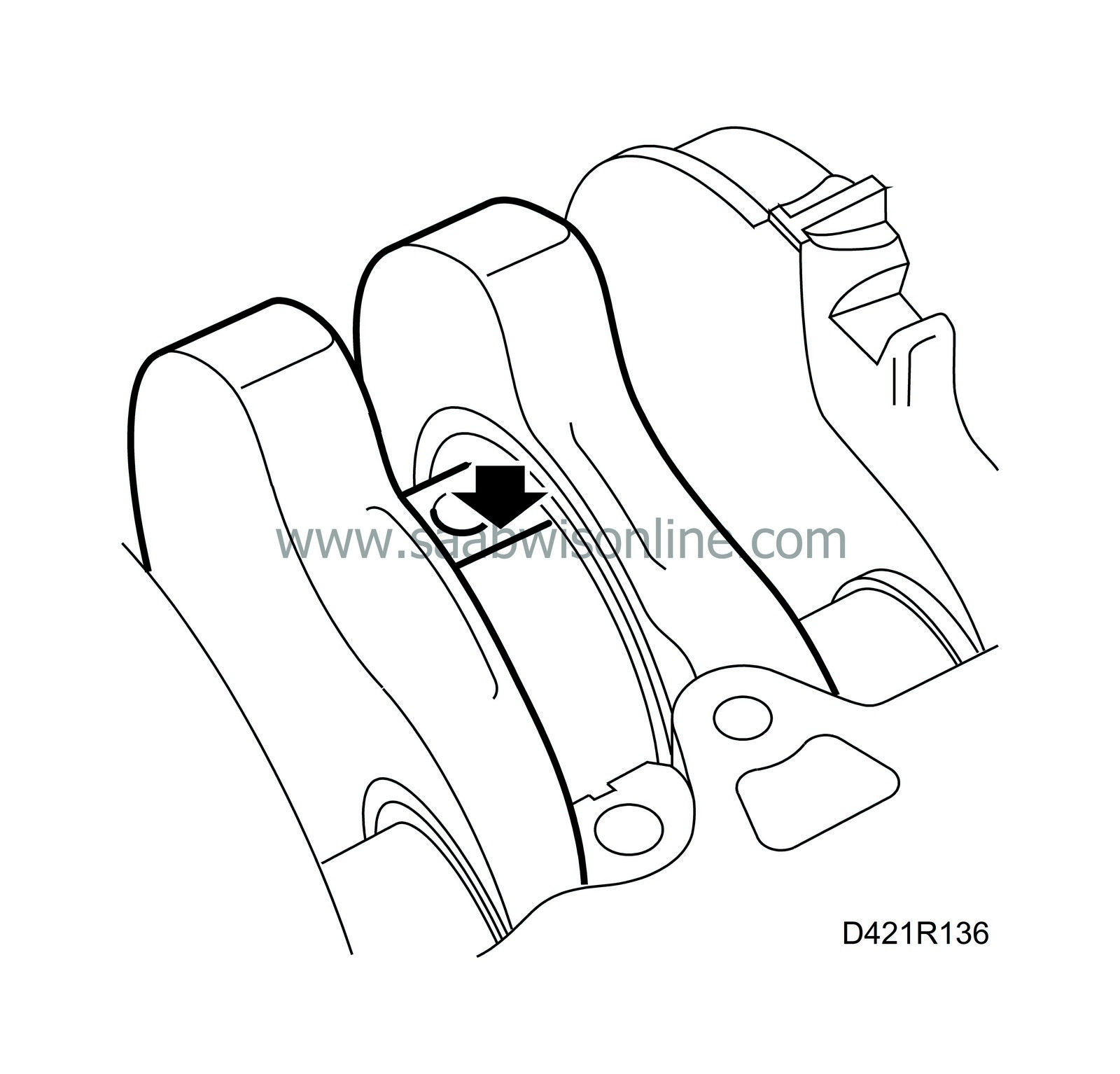Checking bearing clearances
|
|
Checking bearing clearances
|
Measure the clearance with the Plastigauge, part number (45) 30 06 558, which is available in three thicknesses. Use type PG-1 (green).
|
Important
|
|
When measuring bearing clearance by means of Plastigauge, make sure that none of it gets into the oil holes.
|
|
|
|
1.
|
Turn the engine upside down on the stand so that the weight of the crankshaft will not affect the measurements.
|
|
2.
|
Clean the parts that are to be measured, making sure that they are dry and free from oil and dirt. Place a strip of Plastigauge lengthwise along the shaft.
|
|
3.
|
Fit the bearing cap.
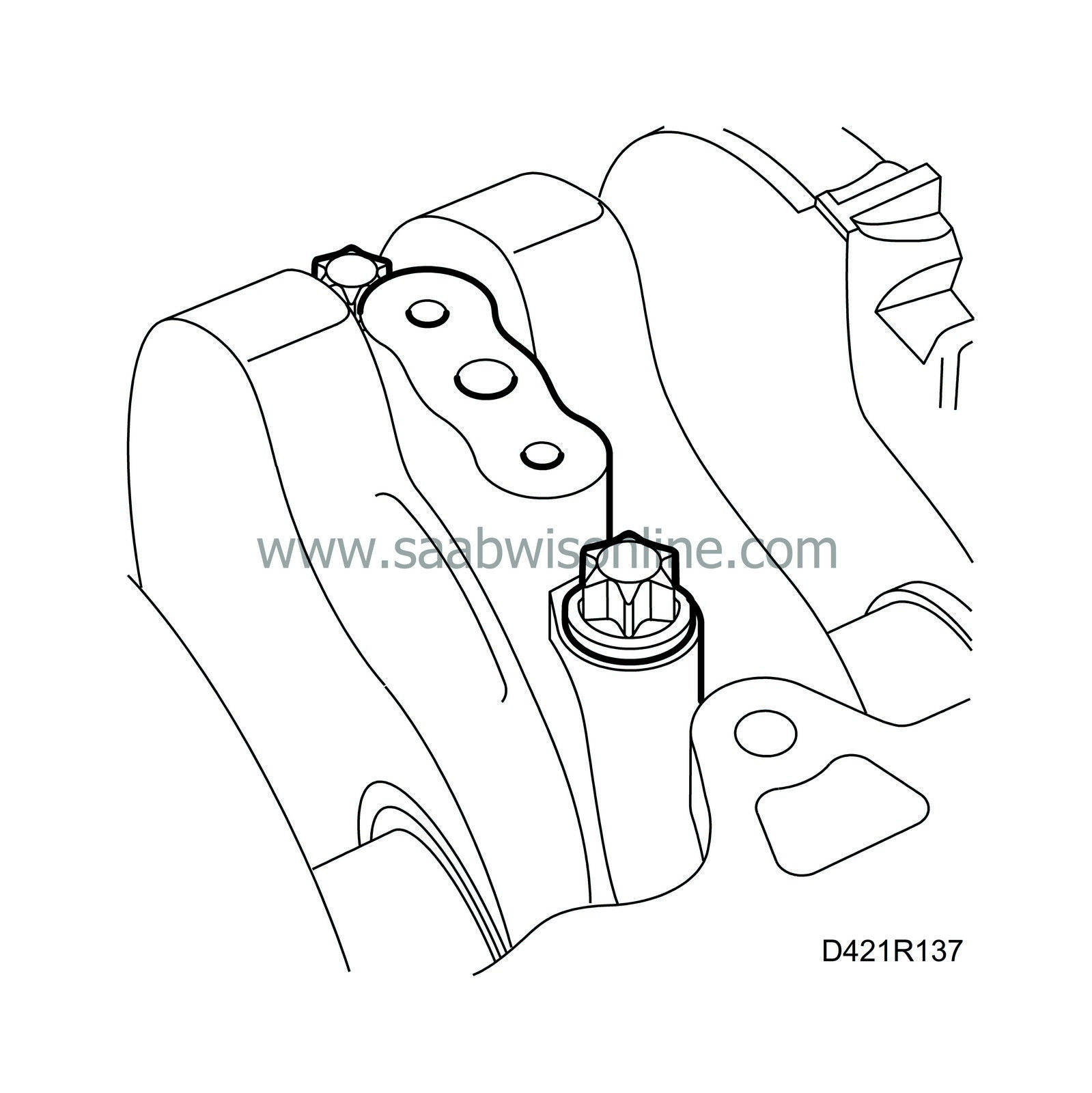
Tightening torque: 90 Nm (66.5 lbf ft) + 60°.
The crankshaft must remain absolutely still while measurement is in progress.
|
|
4.
|
Remove the bearing cap. The strip of Plastigauge should now have adhered to either the bearing cap or the main journal.
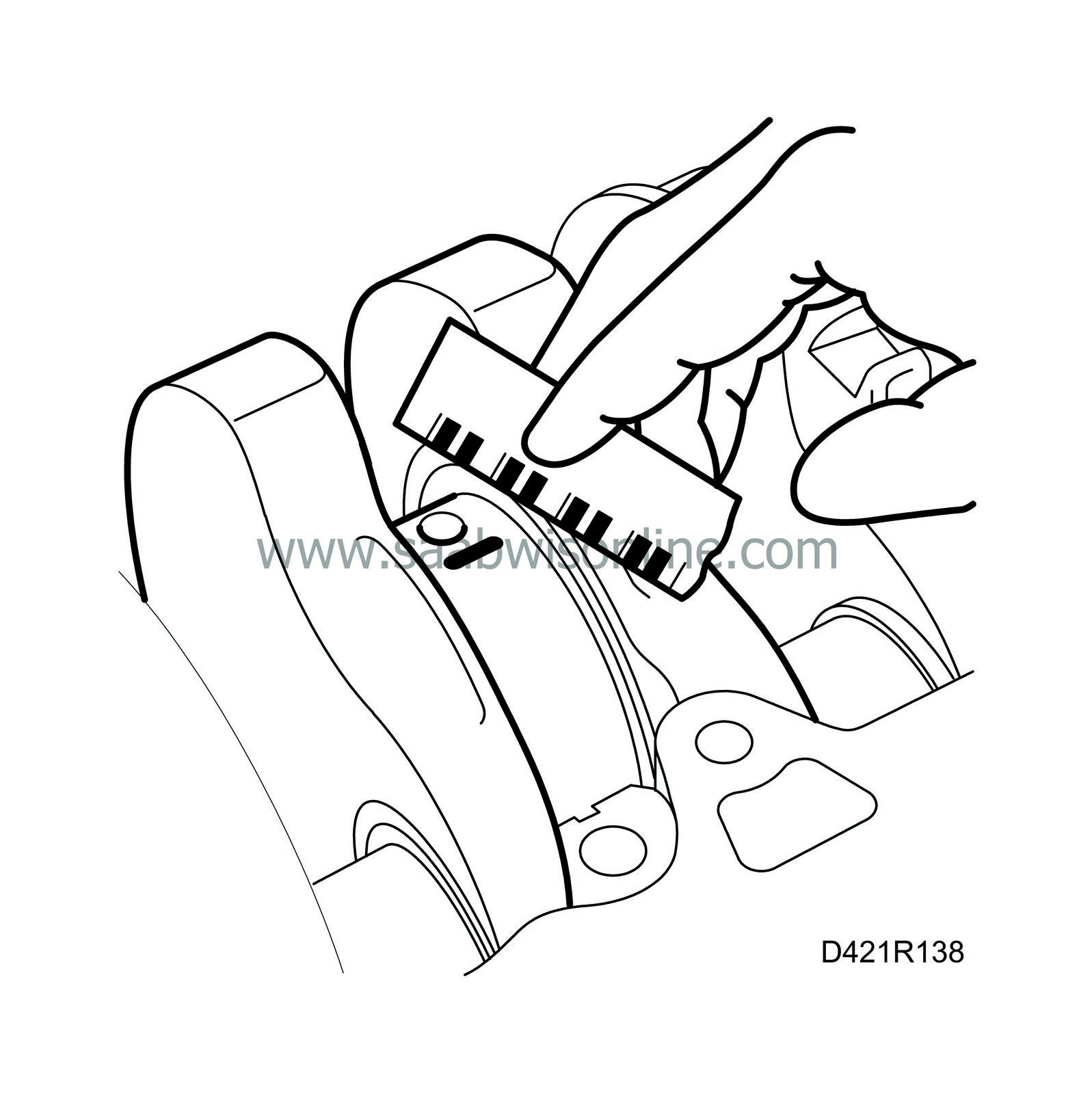
|
|
5.
|
Measure the width of the Plastigauge strip using the scale printed on the package and read off the clearance. One side of the packaging is calibrated in mm and the other side in thousandths of an inch. Measure the strip at its widest point, taking care not to touch it with your fingers.
See
 for the correct dimensions.
for the correct dimensions.
|
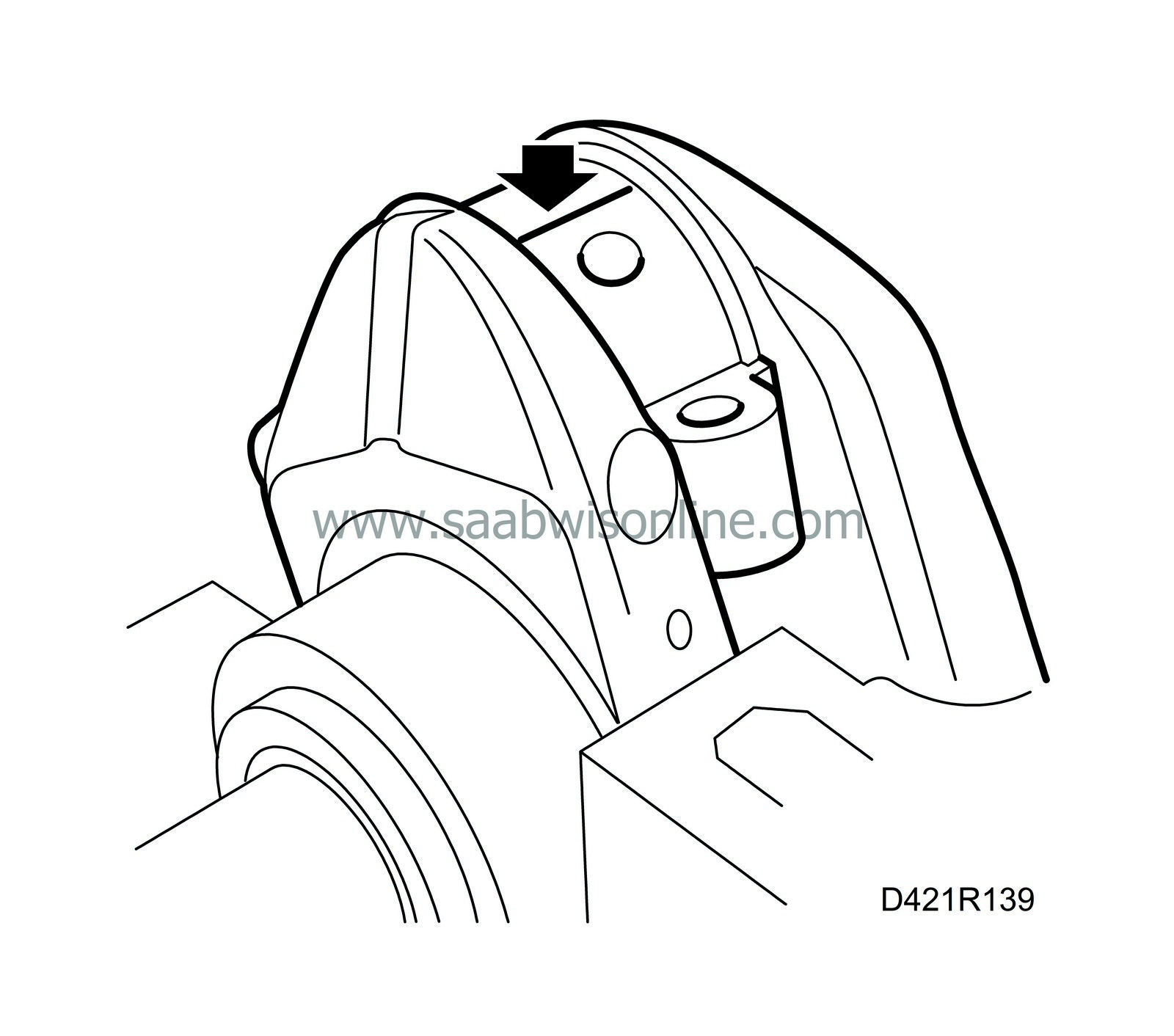
Measure the clearance with the Plastigauge, part number (45) 30 06 558, which is available in three thicknesses. Use type PG-1 (green).
|
Important
|
|
When measuring bearing clearance by means of Plastigauge, make sure that none of it gets into the oil holes.
|
|
|
|
1.
|
Clean the parts that are to be measured, making sure that they are dry and free from oil and dirt. Place a strip of Plastigauge lengthwise along the shaft.
|
|
2.
|
Fit the bearing cap.
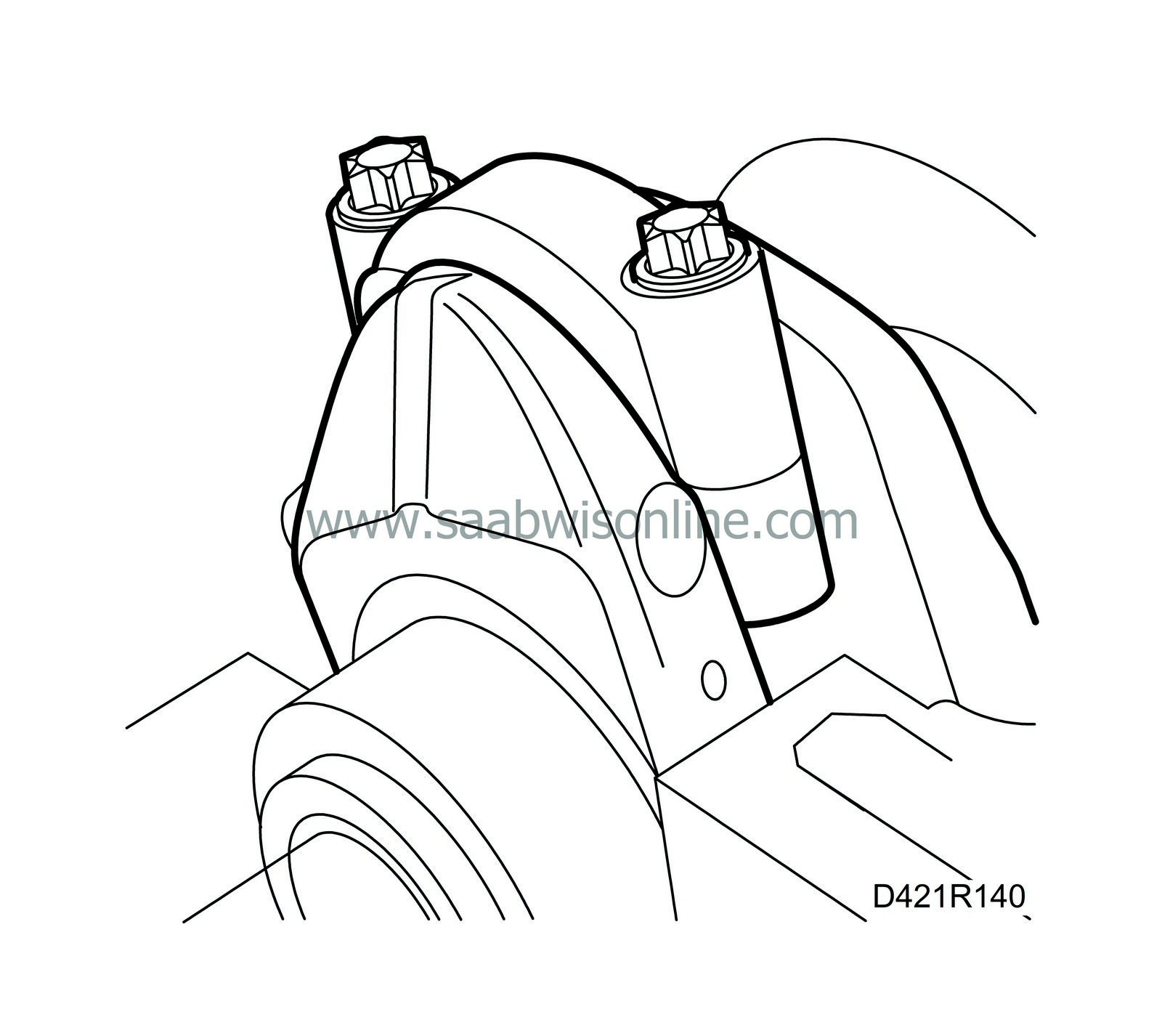
Tightening torque: 35 Nm (26 lbf ft) + 45°.
The crankshaft must remain absolutely still while measurement is in progress.
|
|
3.
|
Remove the cap. The strip should now have adhered to either the bearing cap or the crankshaft journal.
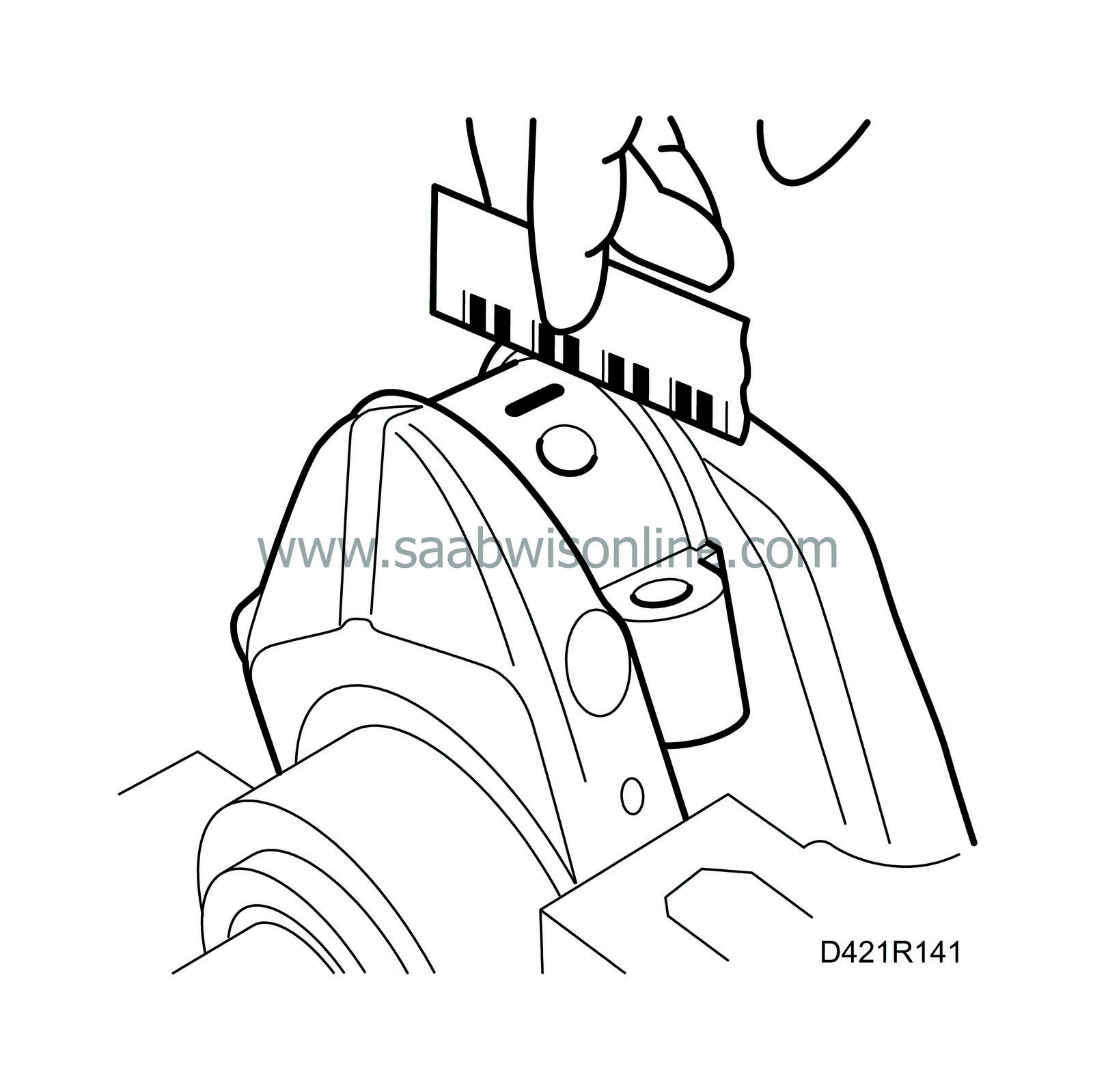
|
|
4.
|
Measure the width of the Plastigauge strip using the scale printed on the package and read off the clearance. One side of the packaging is calibrated in mm and the other side in thousandths of an inch. Measure the strip at its widest point, taking care not to touch it with your fingers.
See
 for the correct dimensions.
for the correct dimensions.
|






